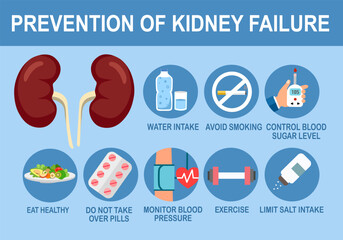"
Lyme disease is a far more common illness than most people know. It’s estimated that a little under 500,000 Americans are diagnosed with and treated for Lyme disease annually. It’s a growing problem that requires more effective measures that can foster prevention. The bacterium Borrelia burgdorferi and Borrelia mayonii are transmitted through the bite of the black-legged ticks, which causes Lyme disease. Fever, fatigue, and headache are common symptoms of the condition. Visit AFC Urgent Care Malden for testing and treatment of Lyme disease this Spring and Summer.
3 Different Stages of Lyme
Lyme Disease is categorized into three stages, early localized, early disseminated, and late disseminated. In each stage of the disease, a patient may experience different symptoms, but not all patients experience each step either.
Stage 1: Early Localized
In this stage of the disease, symptoms may appear in different patients at different times after a tick bite. It could be hours, a couple of days, or several weeks later. This is the early stage of the disease, and the infection hasn’t spread as yet. Some of the symptoms that you may experience at this stage include:
- Skin rash, sometimes with a bull’s eye appearance
- Flu-like illness, characteristic of chills and fever
- Fatigue
- Headache and stiff neck
- Sore throat
- Sore muscle and joint pain
- Swollen lymph nodes
Stage 2: Early Disseminated Lyme
In the early disseminated Lyme stage, which tends to happen several weeks or even months following the tick bite, the bacteria begin to spread throughout your body. At this point, the symptoms tend to increase and may include:
- Flu-like, characteristic of chills, fever, and headaches
- Fatigue
- Pain, numbness, and weakness in your arms, legs
- Vision changes
- Heart palpitation or chest pain, or a combination of heart problems
- Rashes over the body
- Facial paralysis (Bell’s palsy)
Stage 3: Late Disseminated Lyme
Late disseminated Lyme often refers to chronic, post-treatment, or neurological Lyme, which typically develops if prompt or effective treatment wasn’t administered in stage one and stage two of the disease. This can happen weeks, months, or sometimes years after the tick bite. With the spread of the bacteria, some patients develop chronic arthritis, along with added cardiac and neurological symptoms. Symptoms at this stage of the disease may include:
- Arthritis-related joint pain
- Intense headaches or migraines
- Dizziness or vertigo
- Migrating pains in joints/tendons
- Stiff, achy neck
- Sleep disruption
- Irregular heart rhythm
- Difficulty concentrating or mental fogginess
- Numbness in the arms, legs, hands, or feet
- Intense fatigue
Treatment for Regular Lyme
Lyme disease diagnosed and treated during the early stages is best for the patient. Usually, a 10 to 14-day antibiotics treatment is given to rid the body of the bacteria. Several medications are used to treat Lyme disease, which includes:
- Adult and children first-line treatments-doxycycline, amoxicillin, or cefuroxime
- Cefuroxime and amoxicillin, for nursing or breastfeeding women
- Lyme disease with cardiac or central nervous system (CNS) involvement may be treated with intravenous (IV) antibiotics
- Once there are signs of improvement, the course is usually completed with an oral regimen. It can take 14-28 days for a complete course of treatment.
Treatment for Post-Treatment Lyme
Post-treatment Lyme disease syndrome is not fully understood, and as such, arriving at the appropriate treatment can be tough. Antibiotic therapy is recommended by some experts for recovery. However, long-term treatment with antibiotics can prove problematic, leading to complications. Minimizing symptoms like pain and discomfort is the treatment focus of physicians in general when tackling post-treatment Lyme disease syndrome. Joint pain is commonly alleviated with the help of prescription or over-the-counter pain relievers, such as Tylenol, Advil, or Aleve.
Lyme disease is certainly a condition that needs further research to better treat persons who deal with post-treatment Lyme. Preventing Lyme disease syndrome should be a priority considering the growing number of cases each year. Call your doctor if a tick gives you a bite and observe for symptoms of Lyme disease.
"


